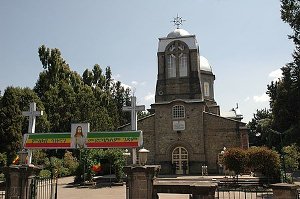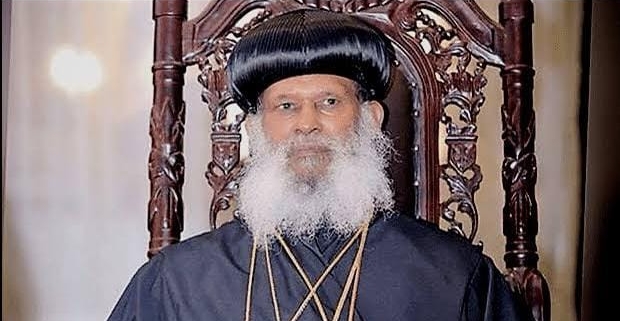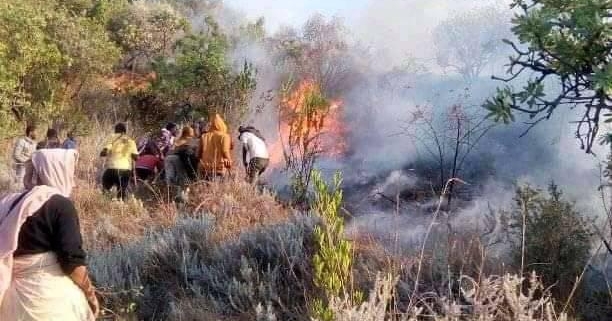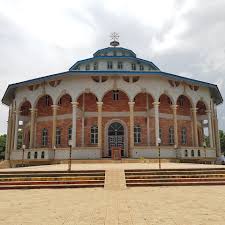Salutation to You, Holy Church!
The sacred and Holy House of God, Holy Orthodox Incarnation Church has existed on wards the Blood shed of our Lord and Savior Jesus Christ, upon the cross for the redemption of the world. She is the abode of the Lord’s Divinity, in performing worship to Him with all her sacraments, bestowing her children the true path of salvation and heavenly life…
Dear Brethren, we shall have love, adoration and reverence to our only one Holy Sacred house; Holy Church, that our Lord gave us, saluting her everyday: Salutation to You, Holy Church!




